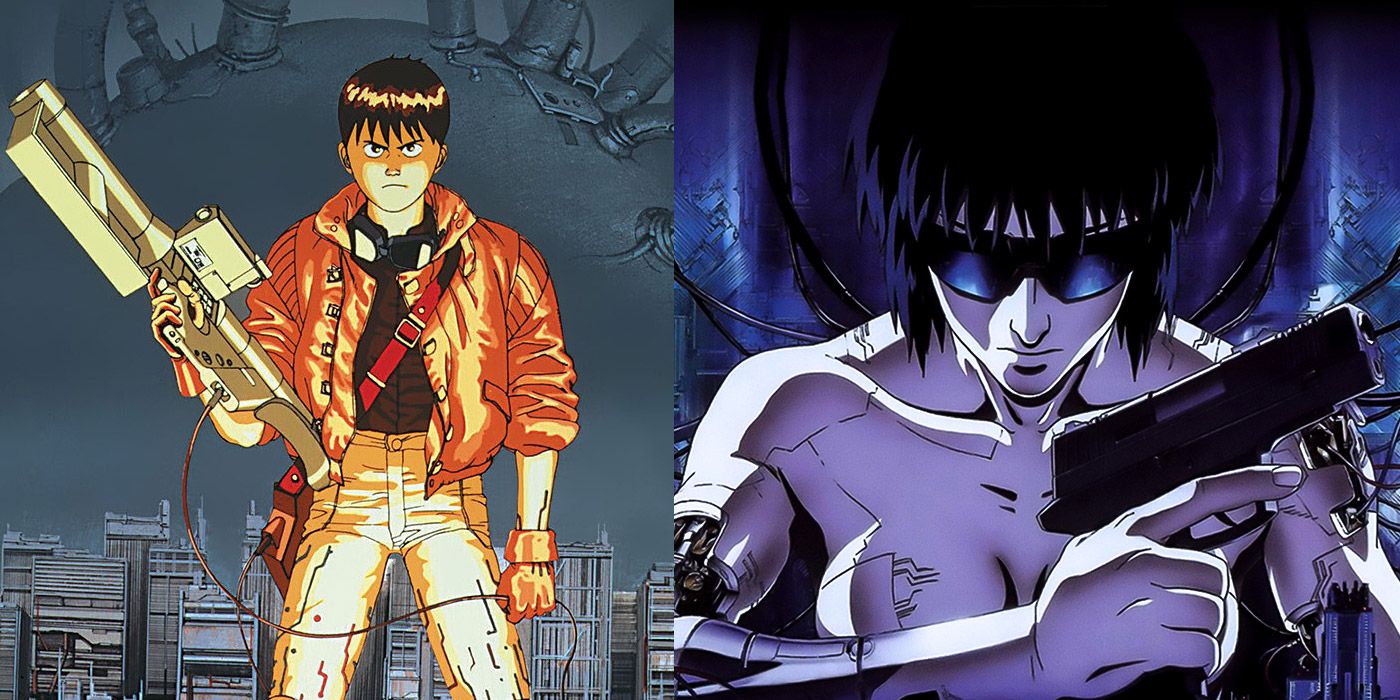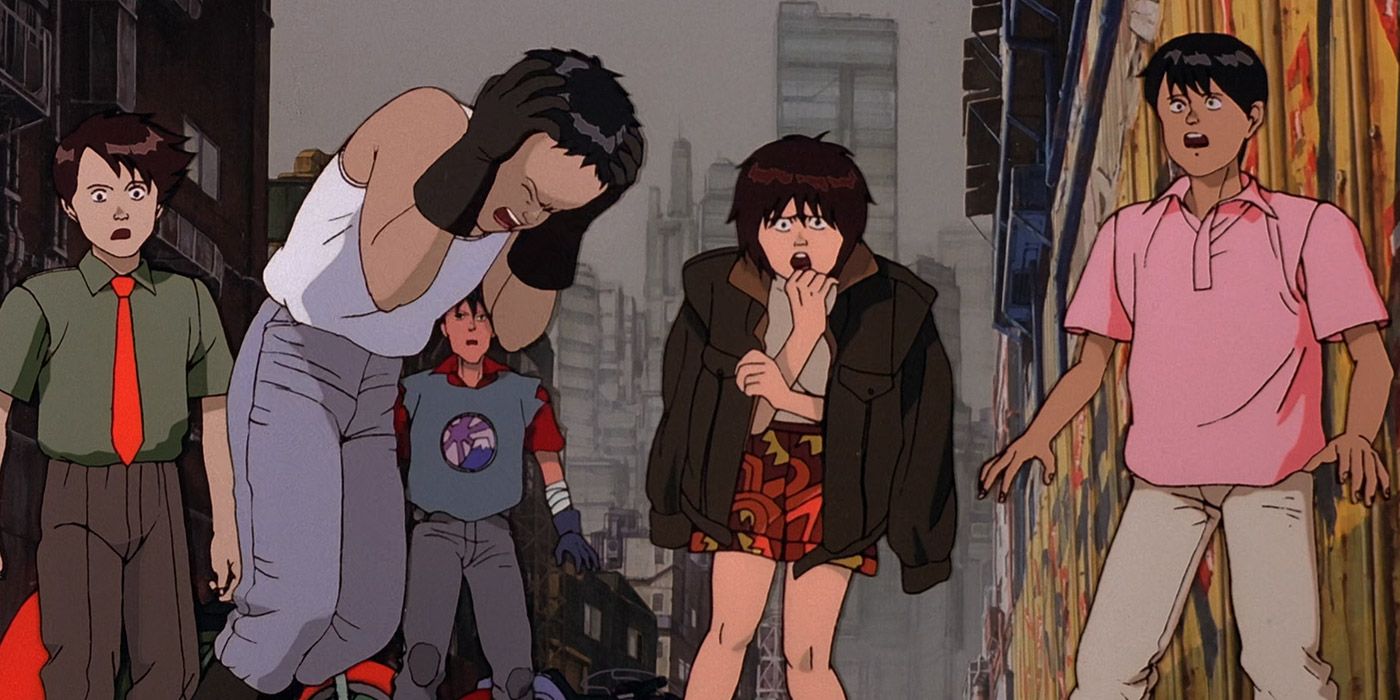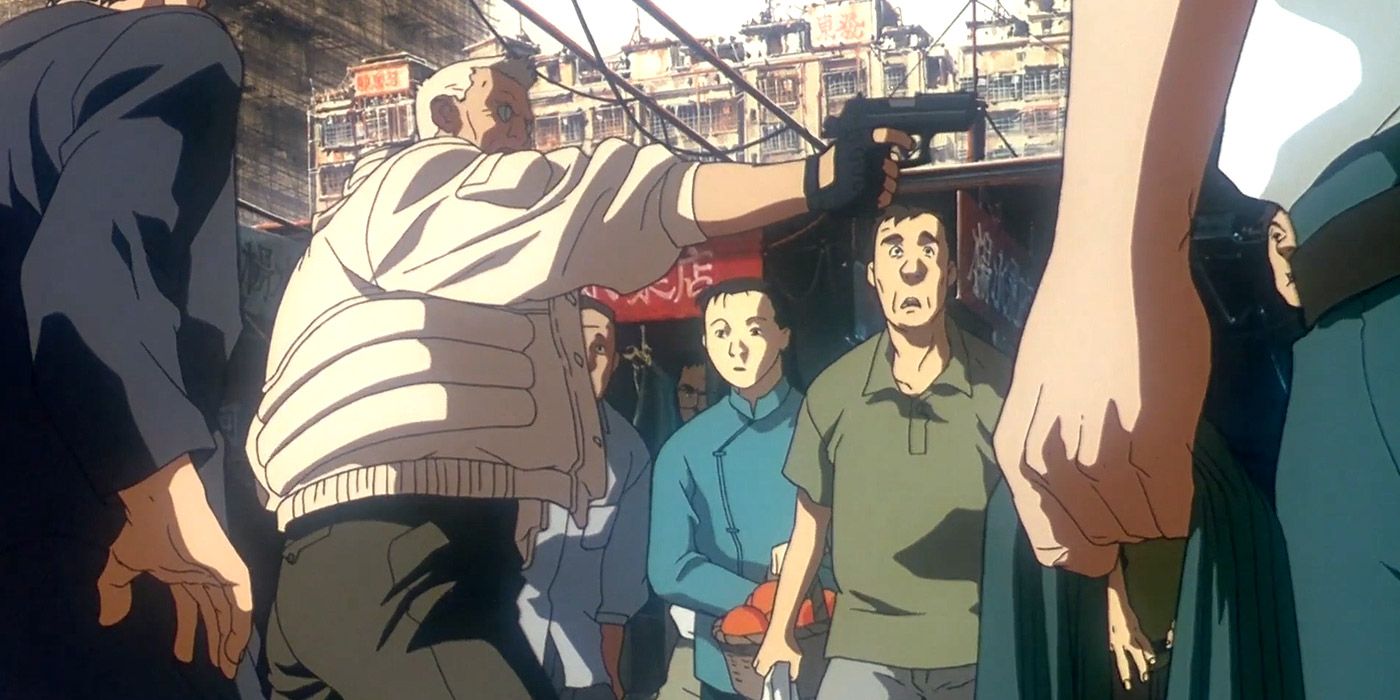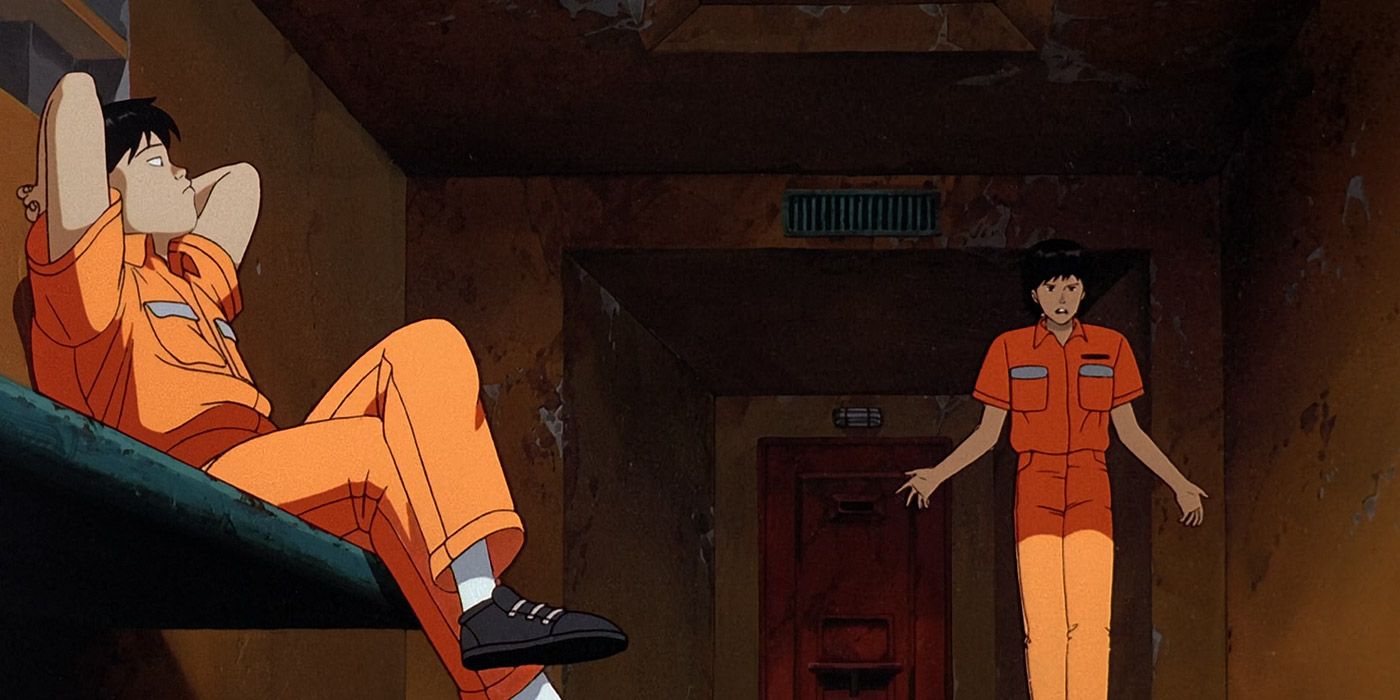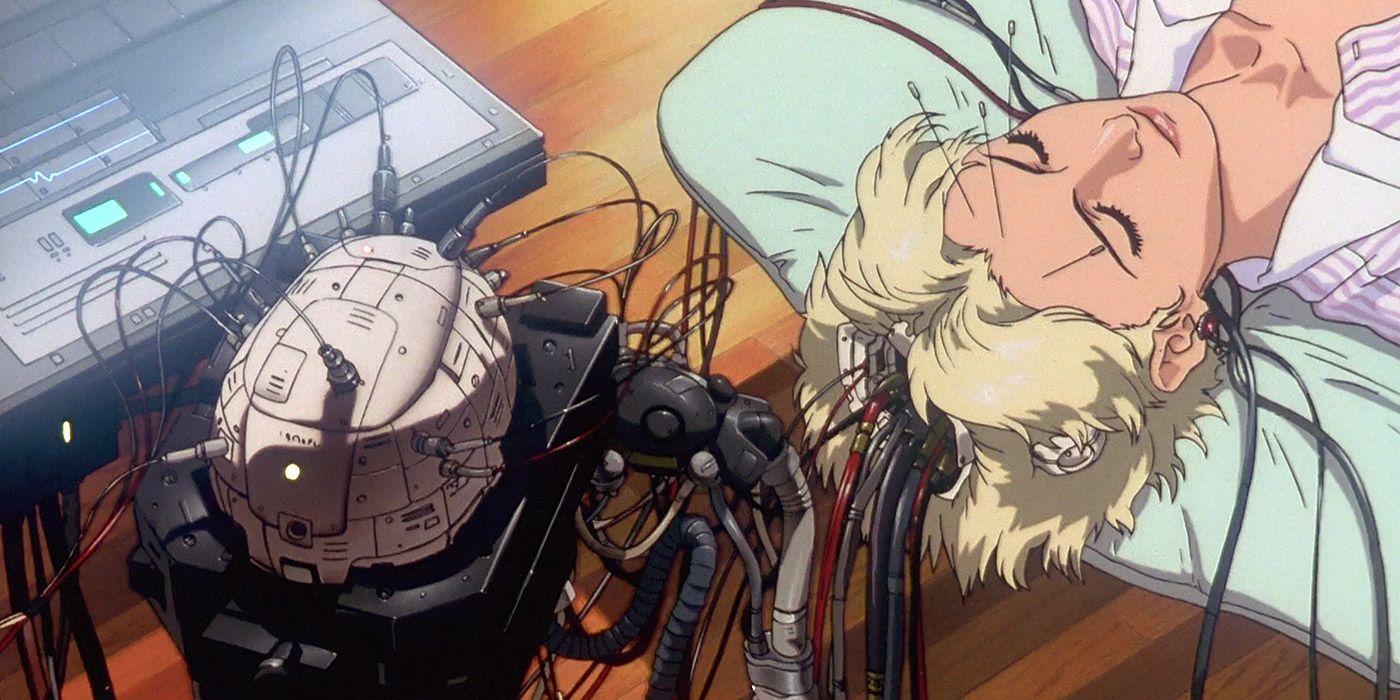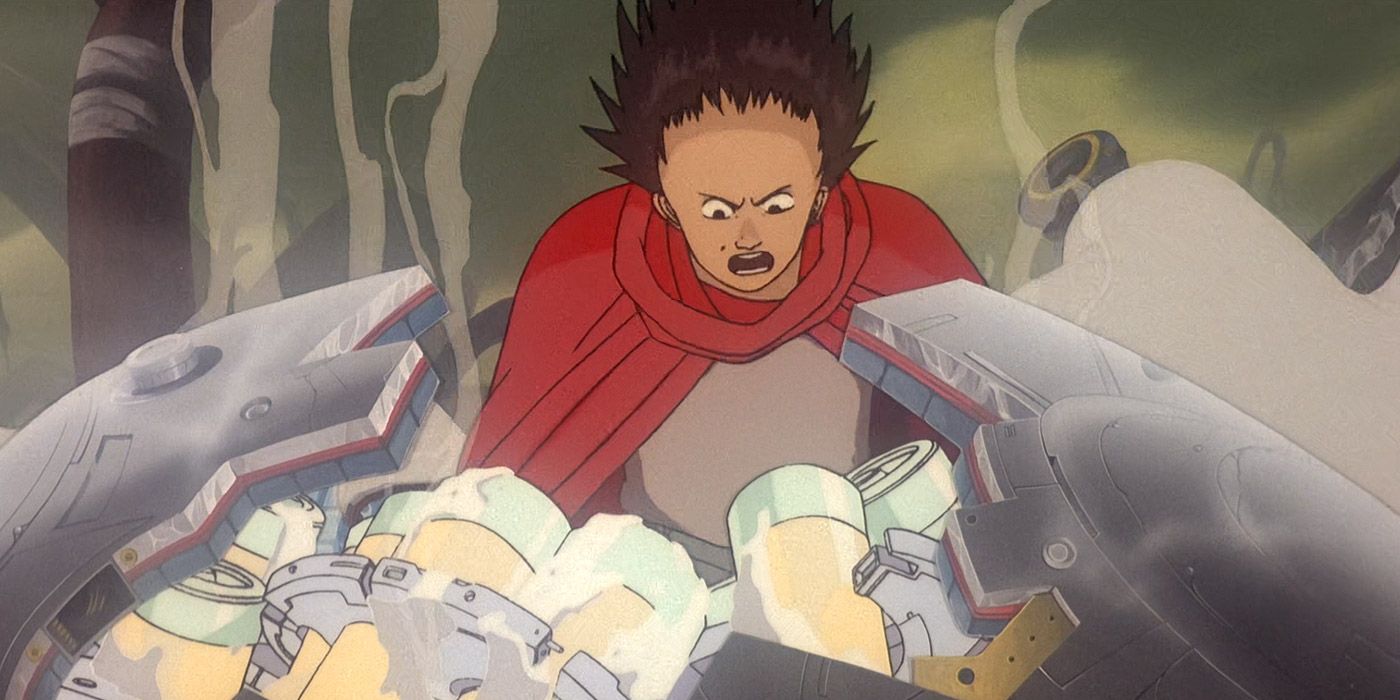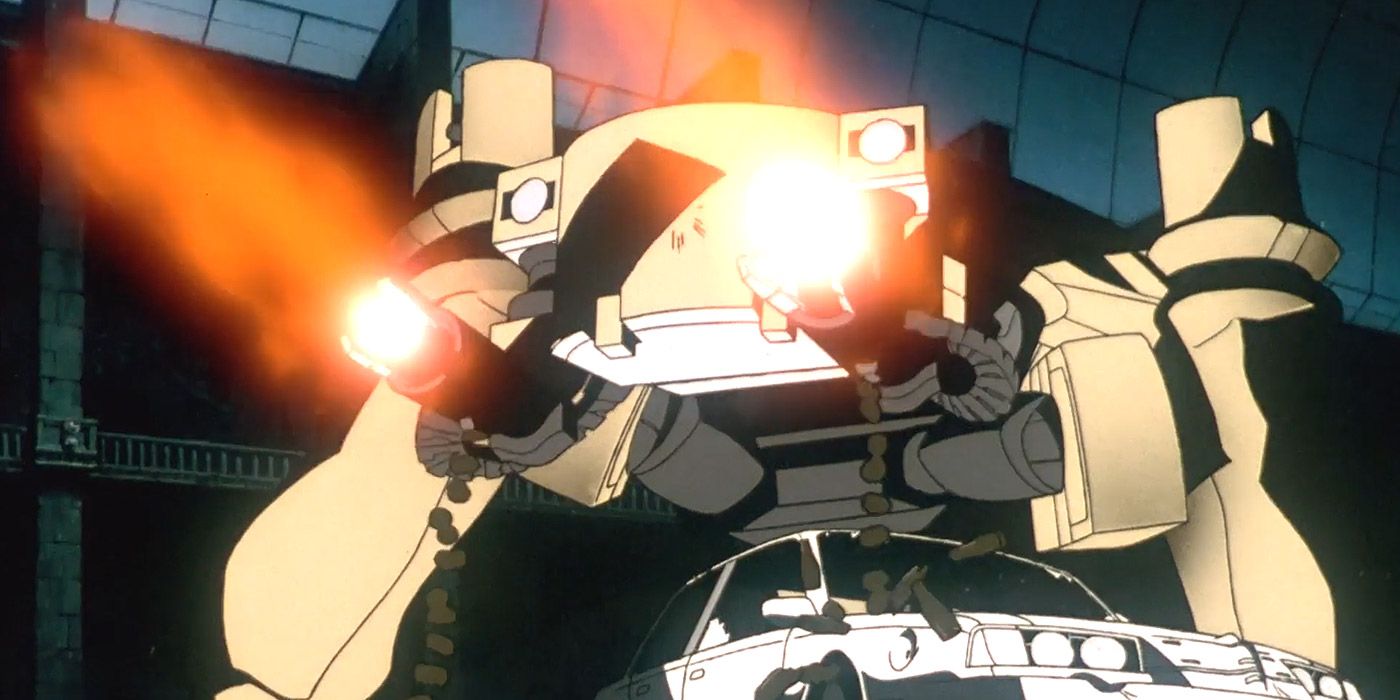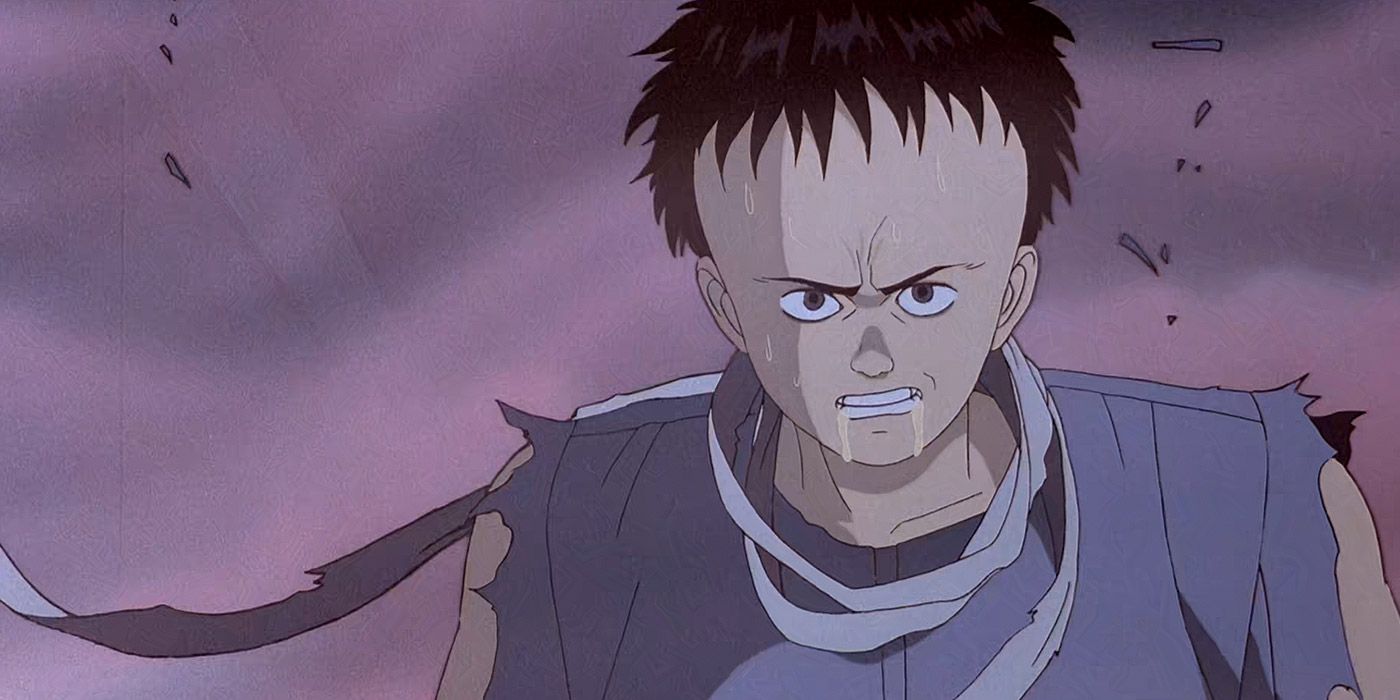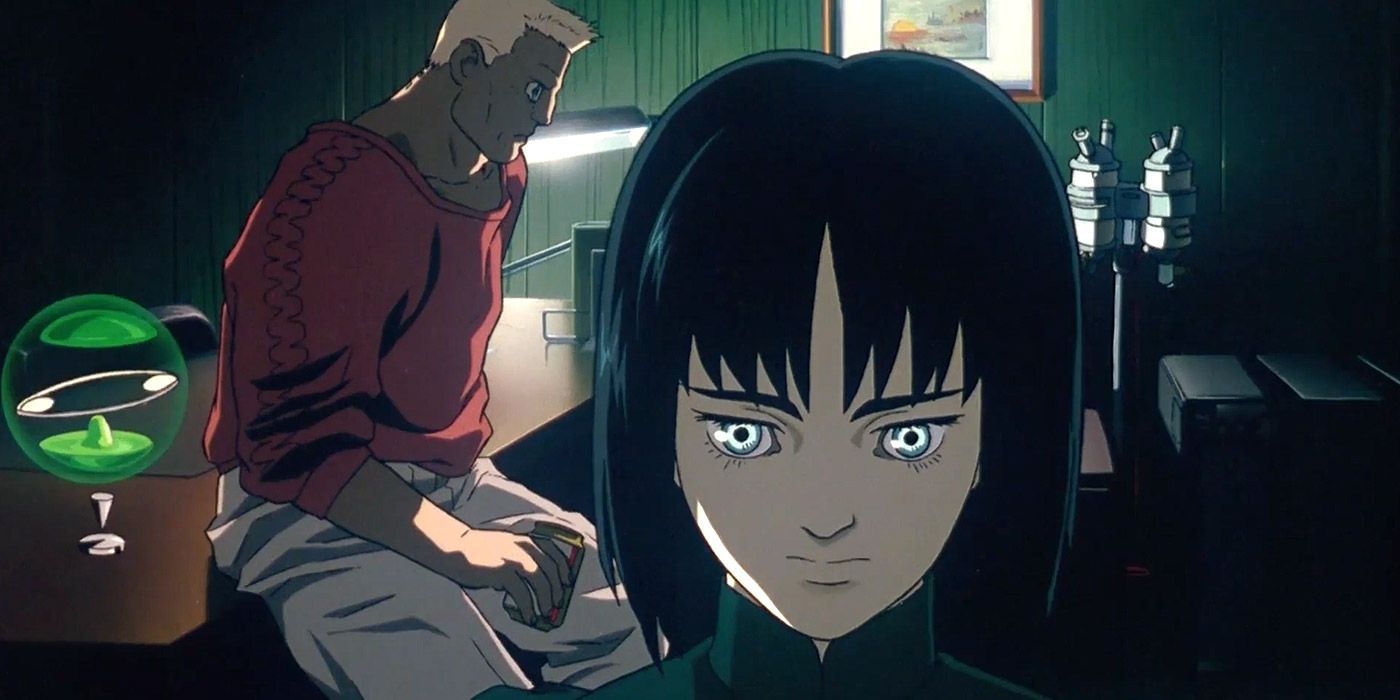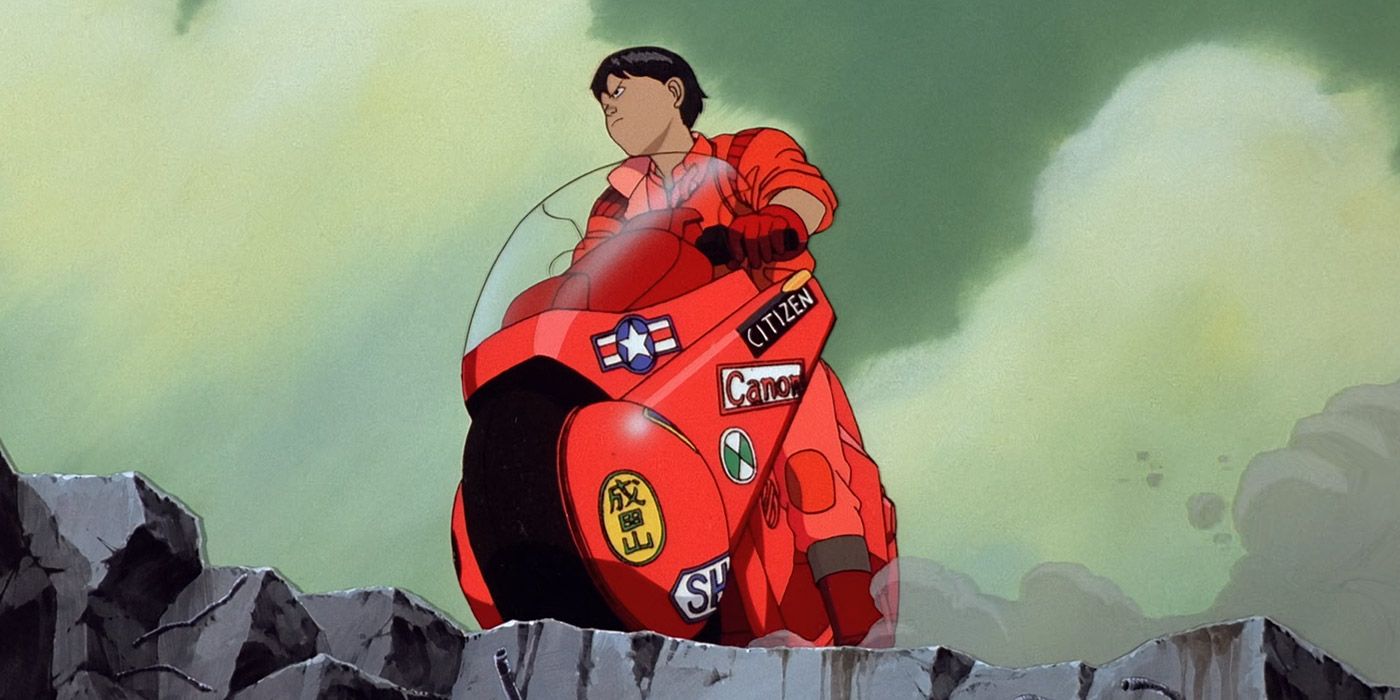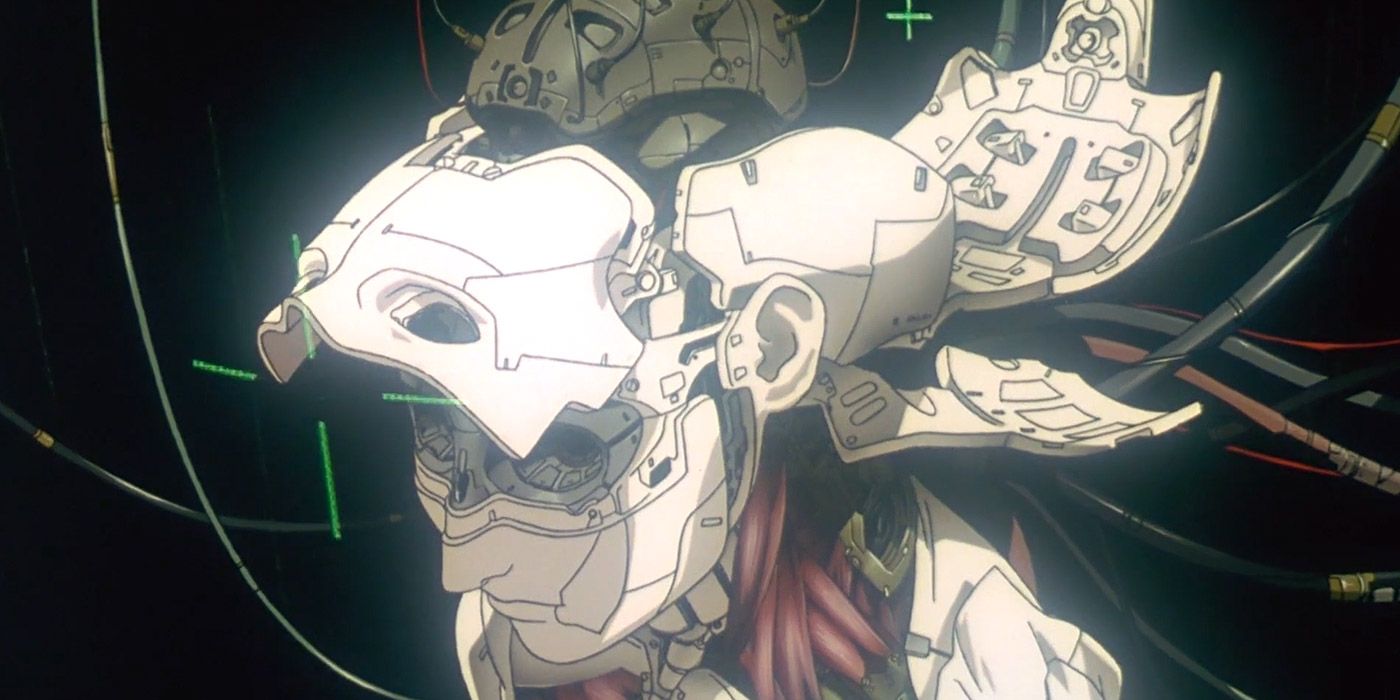Within the sacred halls of Japanese anime stands two films that remain perpetual icons of the genre: Akira and Ghost in the Shell. It's hard to imagine two linchpins with more influence and stature than these.
Both films are representative of the cyberpunk futurist themes that have become so well known in sci-fi pop culture, and incorporate common elements such as gritty futures, distressed cities, and a dystopian breakdown of society at large. Which title better represents cyberpunk as a whole, however, is a bit more of a complex argument.
10 Akira Is A Better Manga Adaptation
Both Akira and Ghost in the Shell were film adaptations of traditional print manga, but the former was undoubtedly more faithful to the source material than the latter. Akira stuck largely to material from volumes 1, 2, 3 and 6, and adapted it into a standard full-length film. This made it a little hard to follow, at least on first watch, but it largely succeeded in achieving its goal.
By contrast, Ghost in the Shell shed a lot of the cutesy humor in favor of a much more mature and adult storyline heavy on philosophy and symbolism. It could be argued that the changes were for the better, but manga purists must have been a little shocked by the direction the film took.
9 Ghost In The Shell Is Easier To Follow
While both films are heavy on the cyberpunk theme, Ghost in the Shell is a little more faithful to the genre as a whole. After all, the entire premise is about the complexities of identifying as a human in an age of hyper-cyberization and technological paradigm shifts. As such, it's much closer to the cyberpunk mythos.
Everything from "ghost-hacking" to cyber-bodies to the transcendence of AI consciousness to a higher plane of existence are featured, and it's a fascinating mixture even on repeat viewings. It's also a bit more grounded in reality, providing a possible glimpse into a technologically-dominated future world.
8 Akira Is More Complex
Those who watch Akira for the first, second, or third times undoubtedly remain perplexed at just how baffling the story was. After all, this was relatively uncharted narrative territory for the time period. Whether by sheer depth of material or by the way it was presented, Akira was a tough nut to crack.
Only on multiple repeat viewings did fans truly grasp what the story was all about. Though the basic crux of the narrative was a young man being driven insane by chaotic telekinetic powers, there was a lot more going on behind the scenes, including government cover-ups, terrorist agendas, and complicated spiritual philosophy.
7 Ghost In The Shell Was Technologically Focused
Akira's future may have been a representation of cyberpunk culture, but Ghost in the Shell epitomized it more effectively. The entire focus of the film was Major Motoko Kusanagi, a Section 9 cyborg whose memories may or may not be hers. Throughout the film, she questions the meaning of her own existence, and her boundaries as a living, thinking being.
This is ironic, given that most of her body is a mechanical cyborg "shell" comprised of nuts, bolts, servos, and actuators. Her human brain is the only intact fleshy organ in her body, and the question of whether that's enough to make someone human in an age where people are replacing their body parts with cybernetic alternatives is often posed.
6 Akira Was Biologically Focused
Cybernetics and the vastness of the connected net are two commonplace cyberpunk themes, but Akira only flirts with those aspects a little bit. The film's technology is instead used in pursuit of biological and paranormal research, specifically related to the powers contained in living cells.
The film hints at this when Kei and Kaneda have a discussion as to what Akira is, and how Tetsuo is manifesting his incredible powers. It's cryptic on purpose, making for a fascinating bit of speculation as to just what the government was involved with in the pursuit of this power.
5 Ghost In The Shell Has Cooler Battles
Both films have a lot to offer in the action department, as well as the philosophical realm, but Ghost in the Shell has a slight edge over its competitor. Part of the cool factor of the film lies in the well-researched and implemented action scenes, which were designed with attention to detail in mind.
For instance, the animators researched how bullets and projectiles impact different materials in order to accurately portray them on screen. This, combined with camouflaged martial arts fights, gigantic tank battles, and brutal sniper shots creates riveting, dynamic, and exciting action scenes that stand the test of time.
4 Akira Has A Better Villain
It might be hard to classify Tetsuo as a villain, given the fact that he's a psychologically damaged young gang member driven mad by powers beyond his comprehension, but he's still a better antagonist than that of Ghost in the Shell. In fact, it could be argued that neither villain is truly evil.
In Tetsuo's case, his own anger and rage boils to the surface, amplified by his fledgling powers. He still possesses a soul, and he still hurts, but his pain causes him to lash out at everyone he loves. The amount of damage he causes is incomprehensible, all in the pursuit of a showdown with a mysterious "Akira."
3 Ghost In The Shell Has A Better Ending
Neither film ends on a happy or high note, but rather, a confusing and symbolic one. In the case of Akira, a disaster repeats, leaving the audience with an ambiguous ending and a puzzling proclamation. With Ghost in the Shell, there's no real impending disaster, but a personal battle waged between two like-minded individuals.
Ghost ends with Major Motoko Kusanagi fusing her own consciousness with that of the villainous Puppet Master to create an entirely new being. It's a quiet and somber ending that hints at greater things to come. A glimpse of this was seen in Ghost In The Shell 2: Innocence, but the audience can only guess at the Major's final revelation.
2 Akira Had Better Visuals
Both of these films are stunning and groundbreaking cinematic achievements, especially where anime is concerned. However, Akira manages to rise above Ghost in several key areas specifically related to the visuals. There's just so much see, and so much detail packed into every single frame, that it becomes impossible to ignore.
The imaginations of countless talented individuals is put into cel format to create stunning, powerful, and awe-inspiring scenes one after the other. The cinematic art style is not only unique, but it's also done with subtle technique in mind. For instance, Akira utilizes several different frame rates in the same film to create a heightened sense of awareness for key scenes. Much of this is lost on the audience, but it's part of what makes the film so memorable.
1 Ghost In The Shell Has Better Designs
Strictly in terms of cyberpunk, Ghost in the Shell's visuals are spot on. The opening "birth" sequence is the first true highlight of the film: a credit roll juxtaposed with the creation of a cyborg body, to the haunting tune of "Utai I: Making of Cyborg" by composer Kenji Kawai.
From that point on, everything is a cyberpunk visual tour de force. The real-world believability of the environments is what sells the story as more than just a teenager's fever dream. This is practical stuff, a glimpse into a possible future where humankind fuses with machine, and begins to wonder where the line stops and starts.

